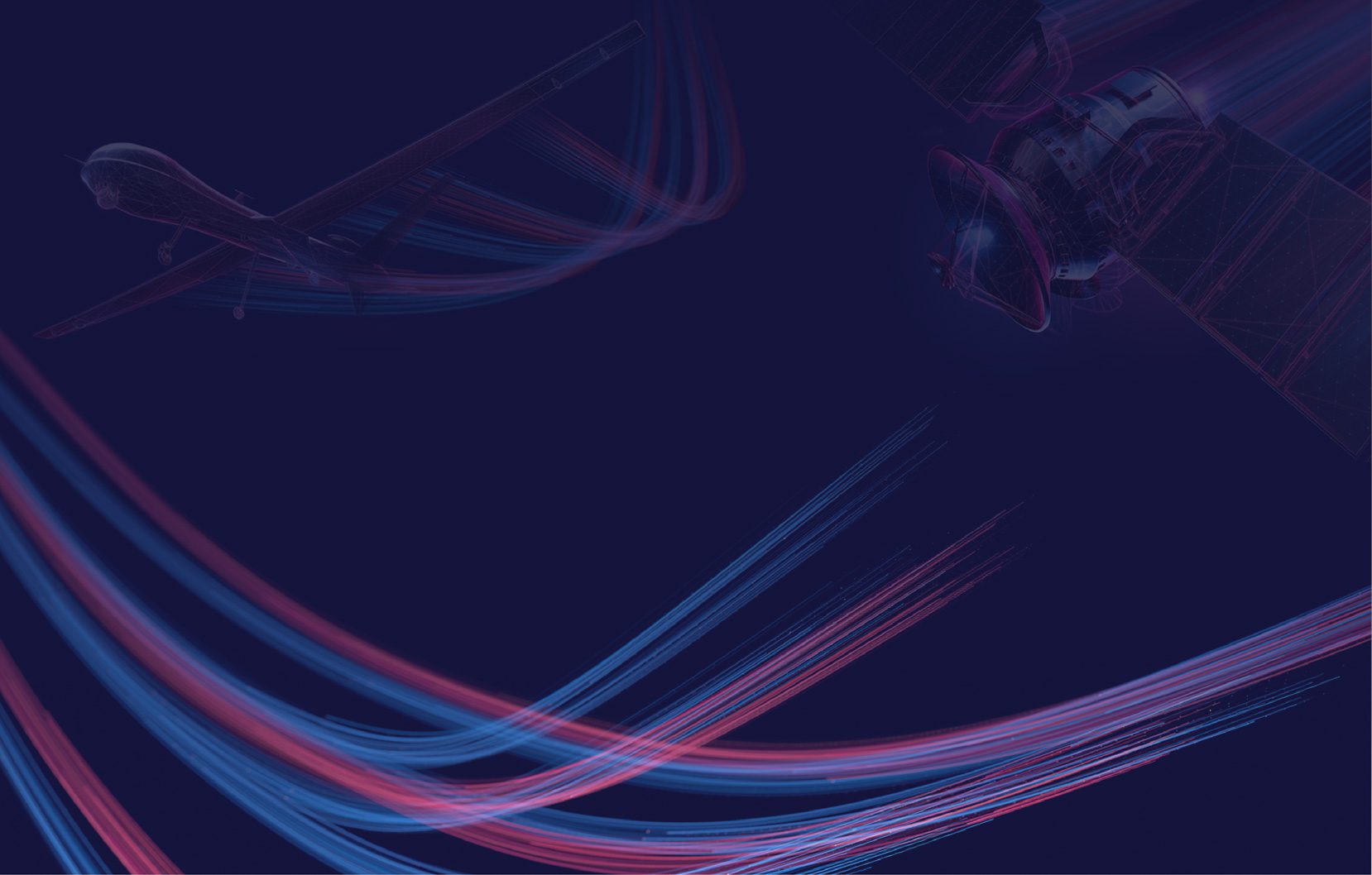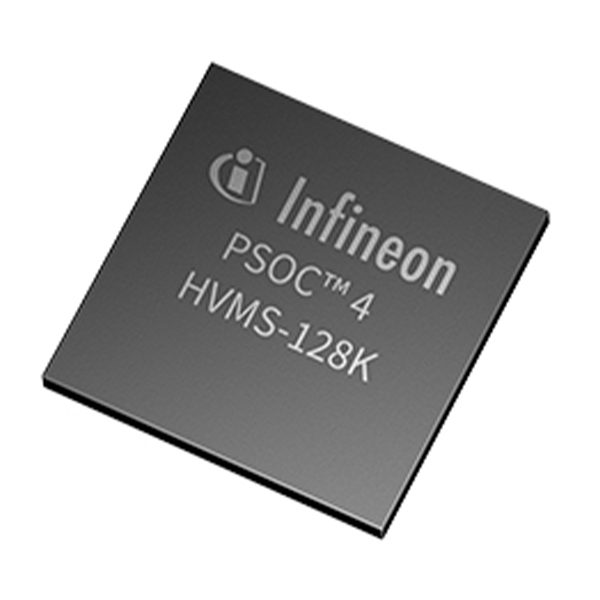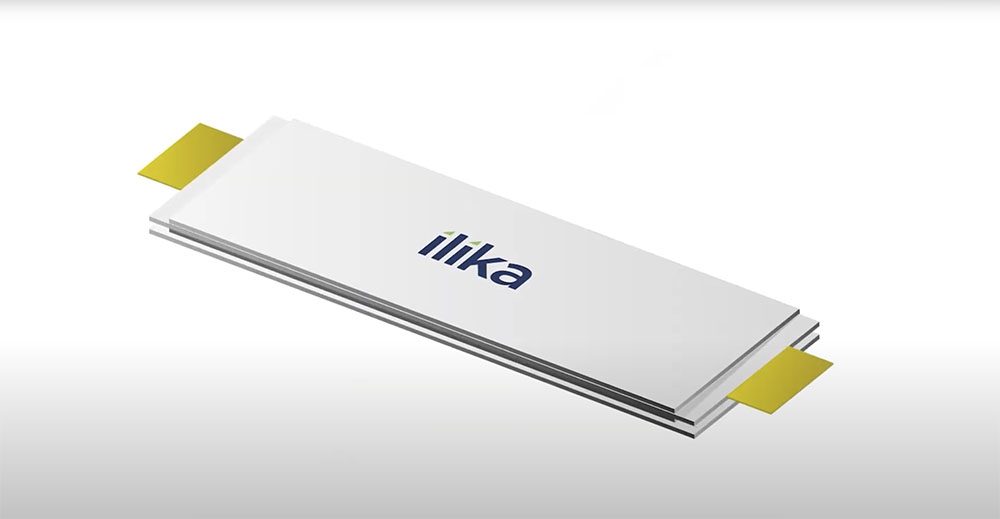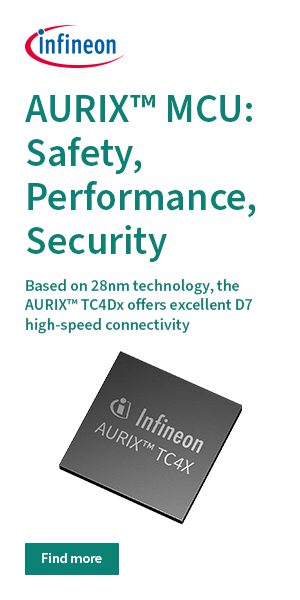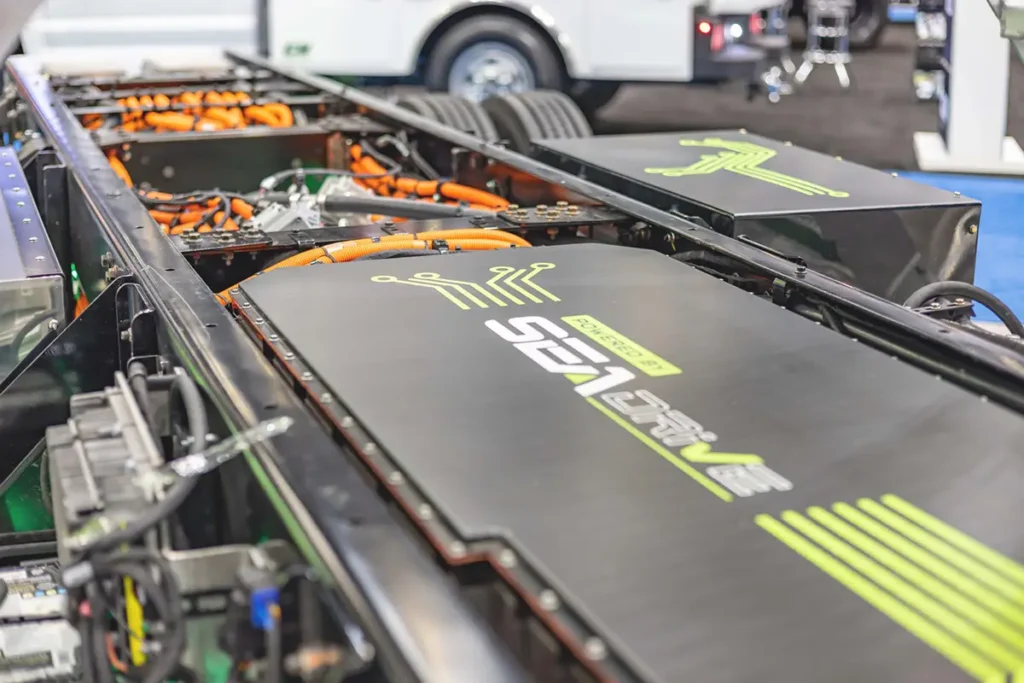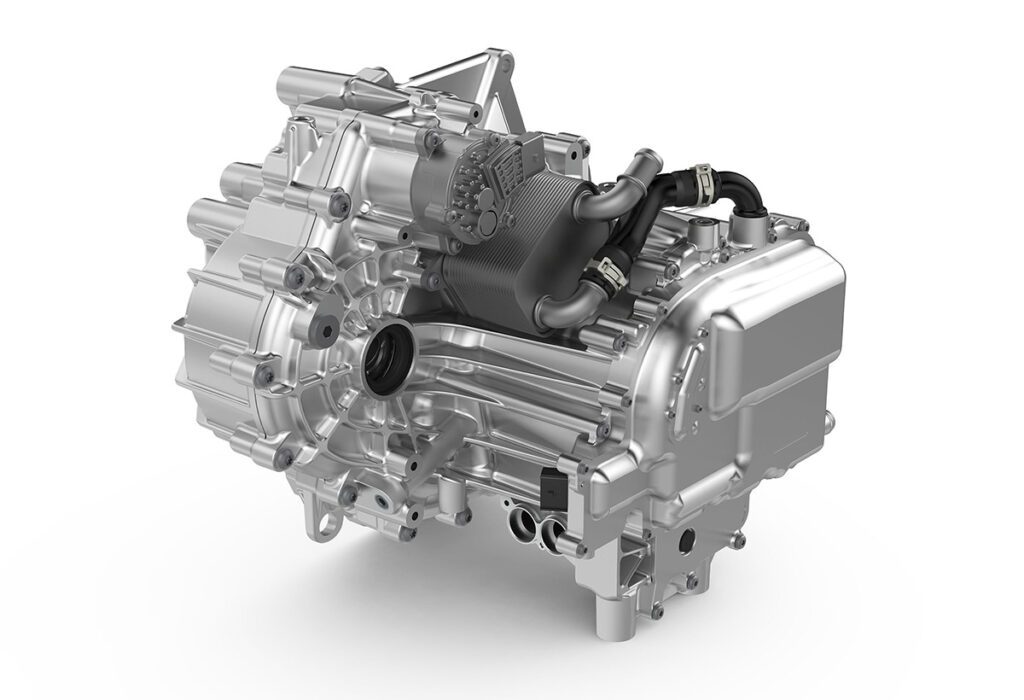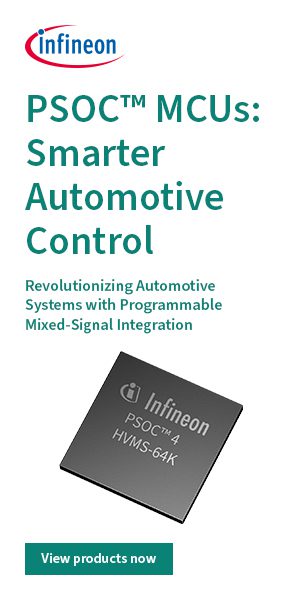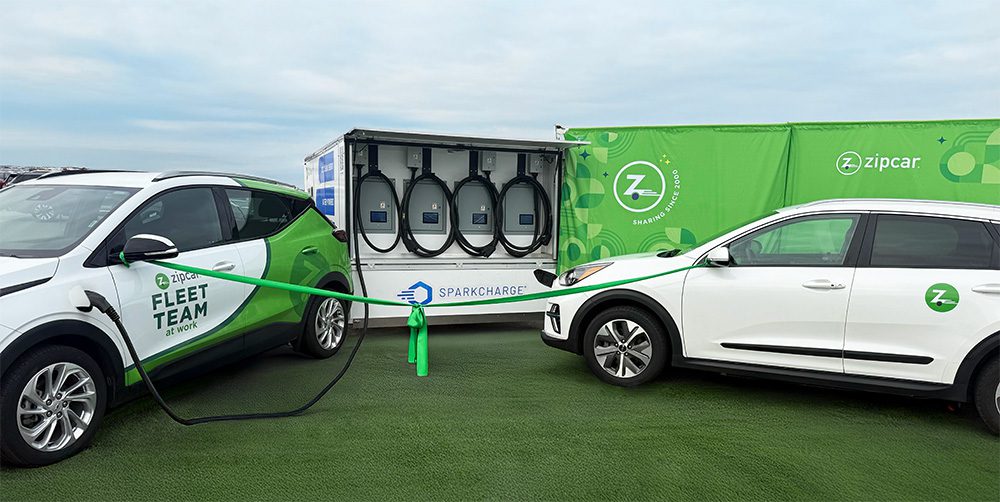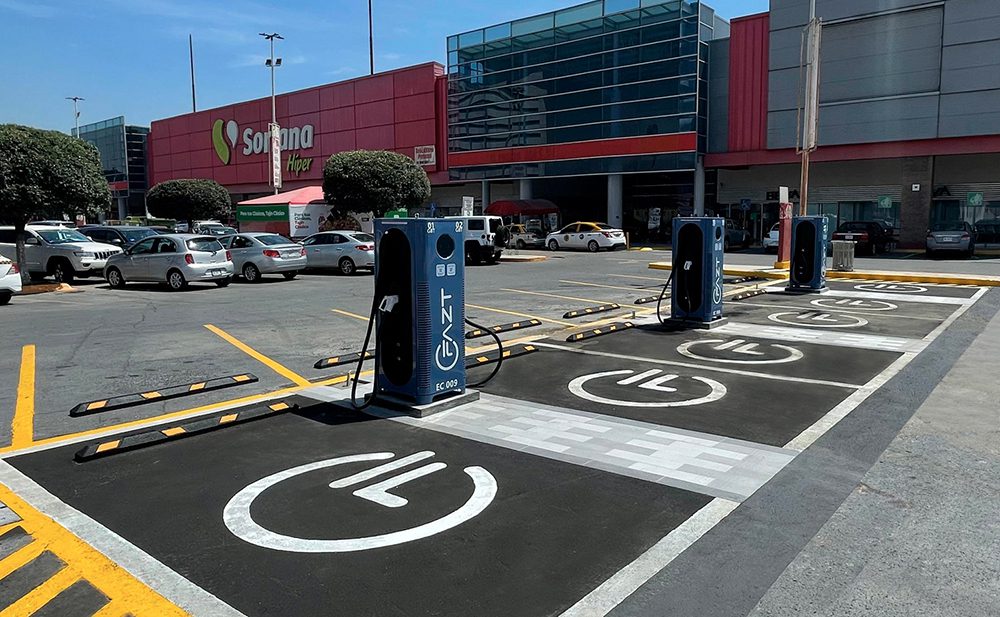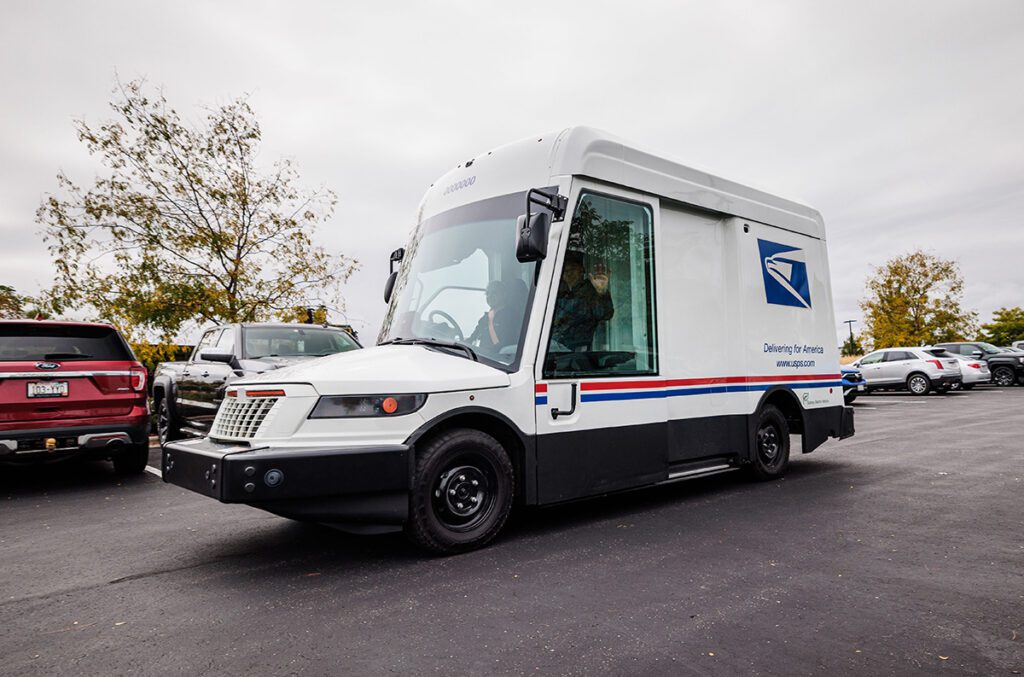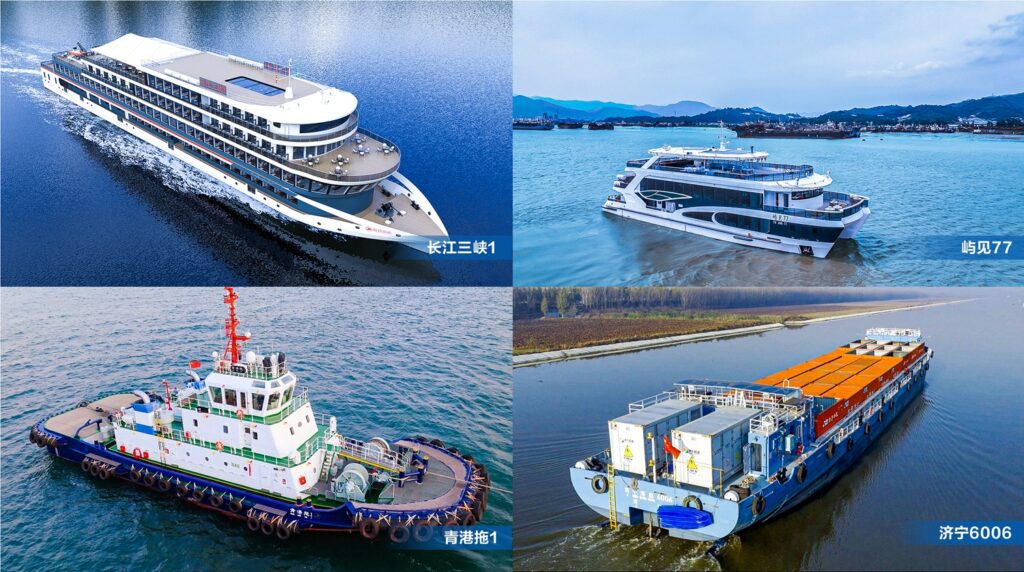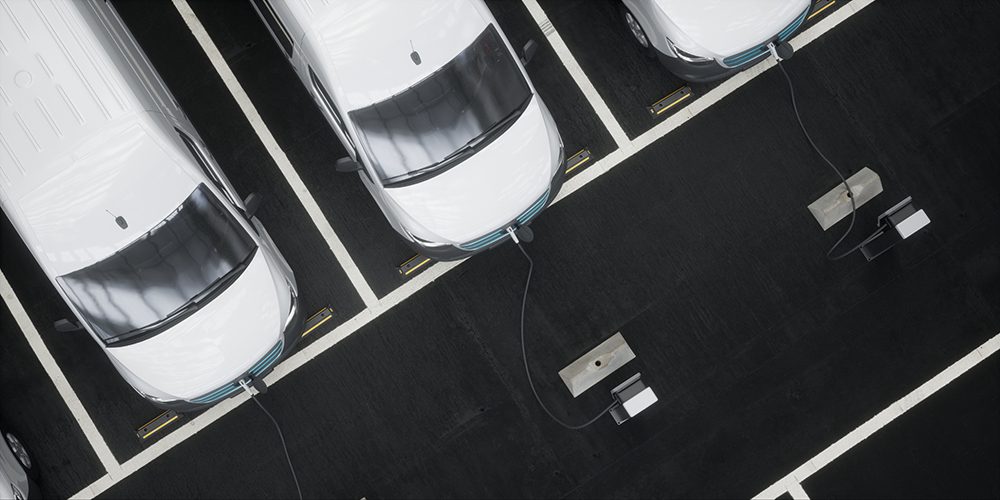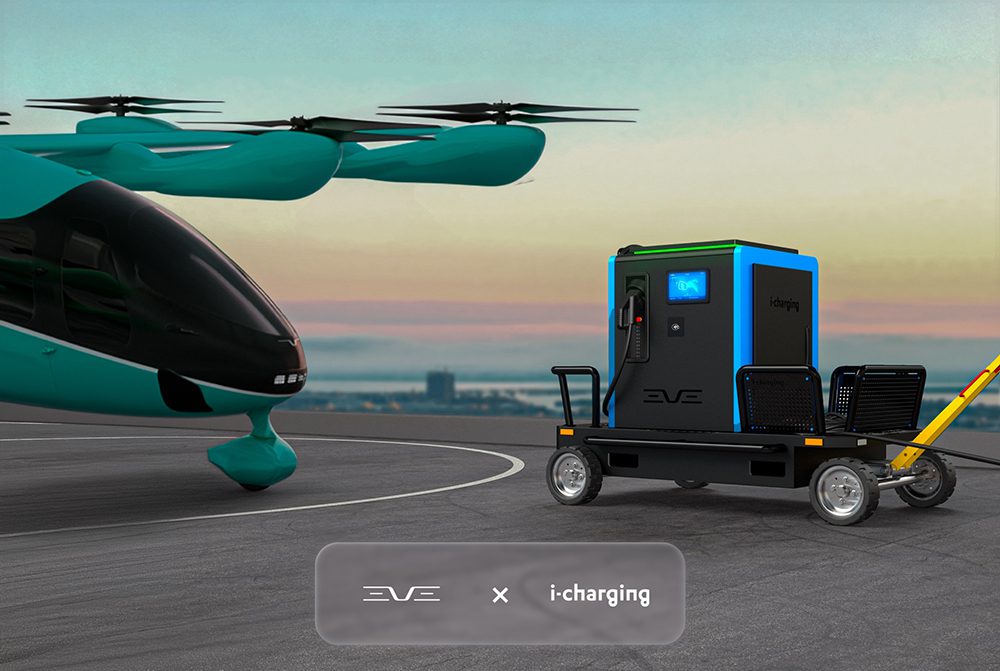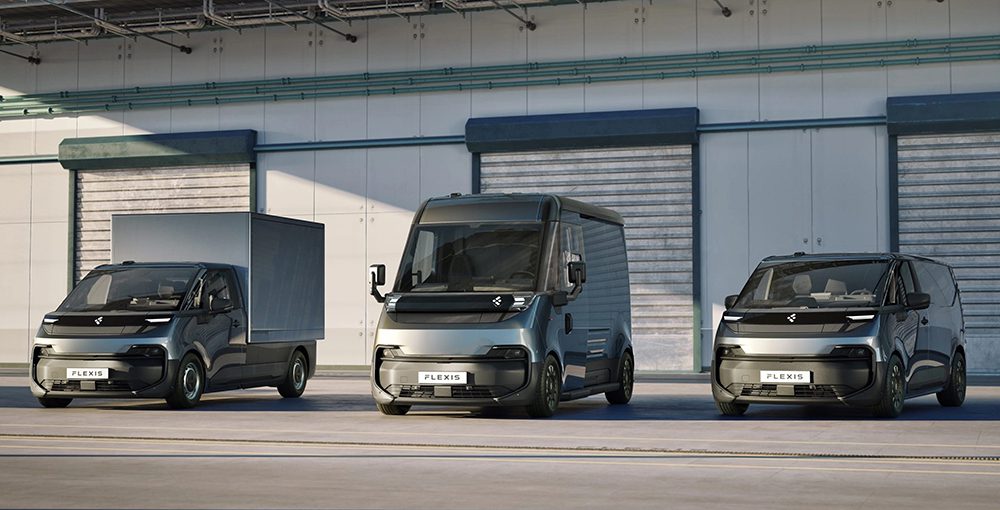Battery manufacturer Amprius is supplying lithium-ion cells to Airbus’s Zephyr program. Using Amprius’s cells, which contain a 100% silicon anode, the Zephyr S solar-powered unmanned aerial vehicle (UAV) recently flew more than 25 days, setting a new record for stratospheric flight.
The Zephyr S is a high-altitude pseudo-satellite (HAPS), which combines the persistence of a satellite with the flexibility of a drone or UAV, and is designed to provide affordable local satellite-like services. Combining solar power and lithium-ion batteries, the Zephyr holds world records for endurance and altitude – it flies at altitudes of over 70,000 feet, and can stay aloft for months at a time.
Amprius has pioneered the application of silicon for Li-ion anodes. Silicon anodes have demonstrated much higher specific capacity compared to conventional graphite anodes. However, in particle or film structures silicon is not stable, and lasts only a few recharge cycles. Amprius’s silicon nanowire structures are designed to overcome this instability, enabling hundreds of cycles with specific energies of over 435 Wh/kg and energy densities in excess of 1,200 Wh/liter.
“The high specific energy of Amprius batteries enables the Zephyr to fly uninterrupted in the stratosphere, which would not be possible with lower-performance batteries,” said HAPS Program Director Sophie Thomas. “This will further extend the capability and utility of the Zephyr platform for our customers.”
“The recent Zephyr flight represents the first long-endurance flight of a HAPS aircraft powered by Amprius’s 100% silicon nanowire anode-based lithium-ion batteries, and is an important validation of this technology,” said Jon Bornstein, COO of Amprius.
Source: Amprius

